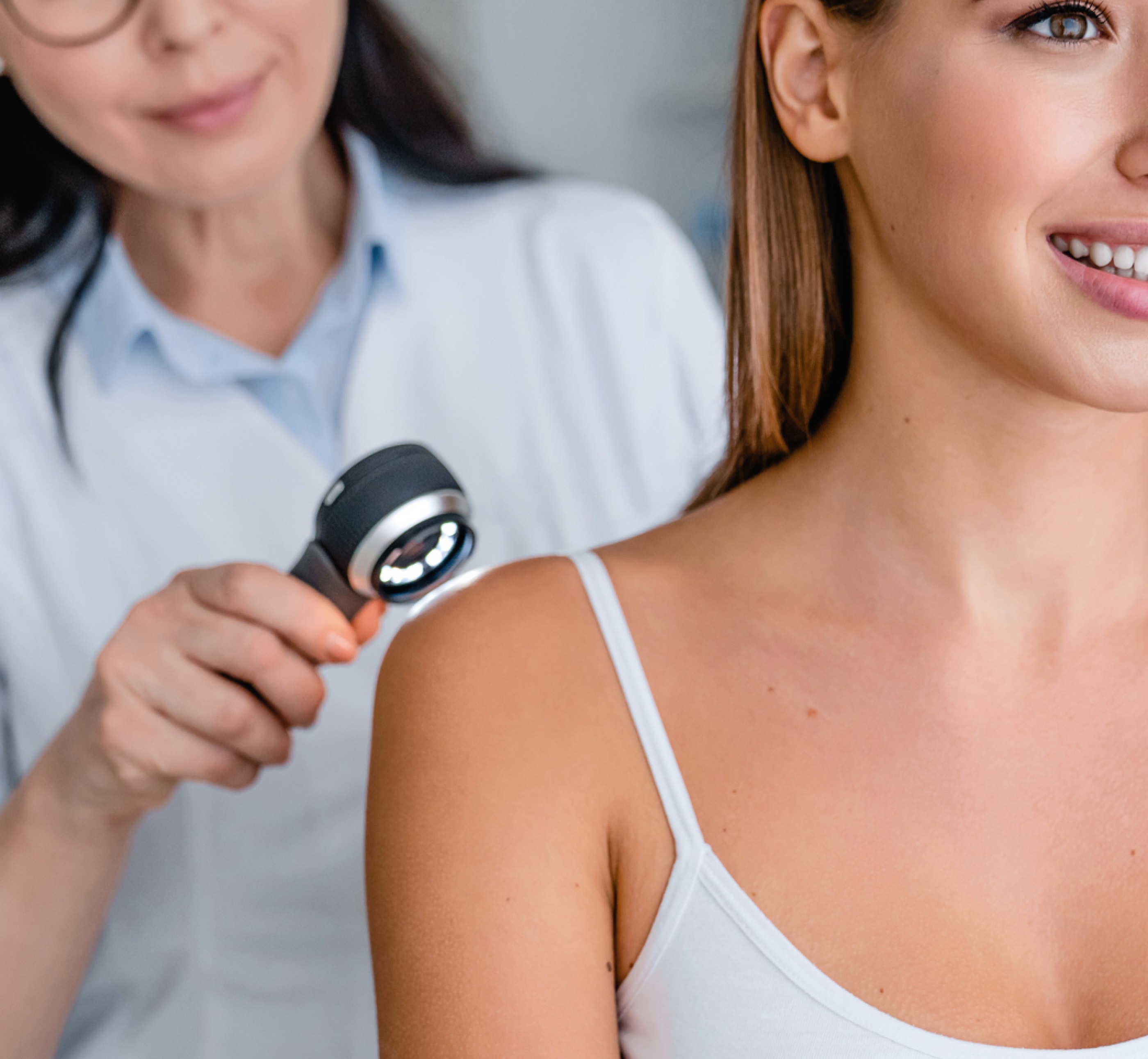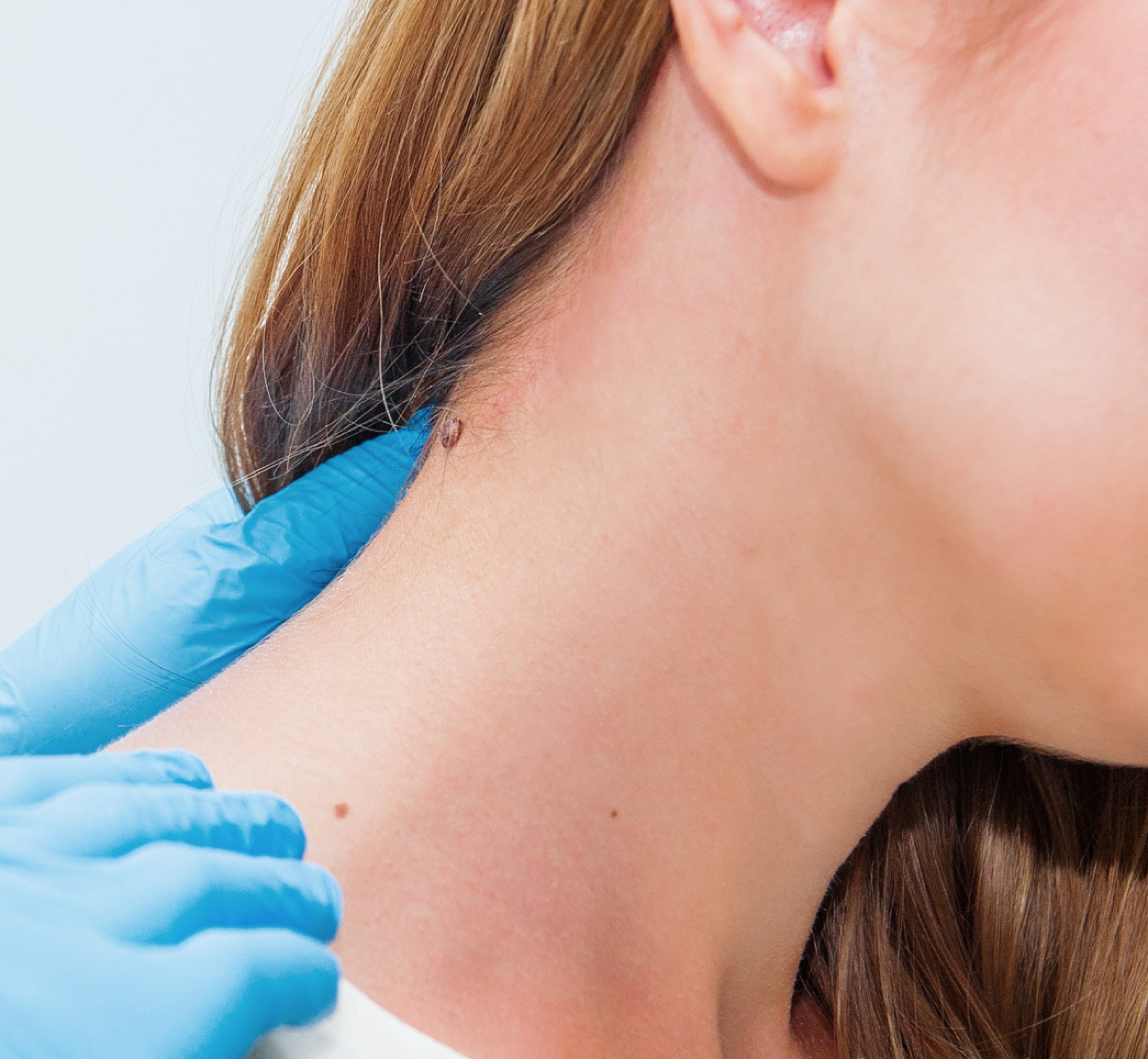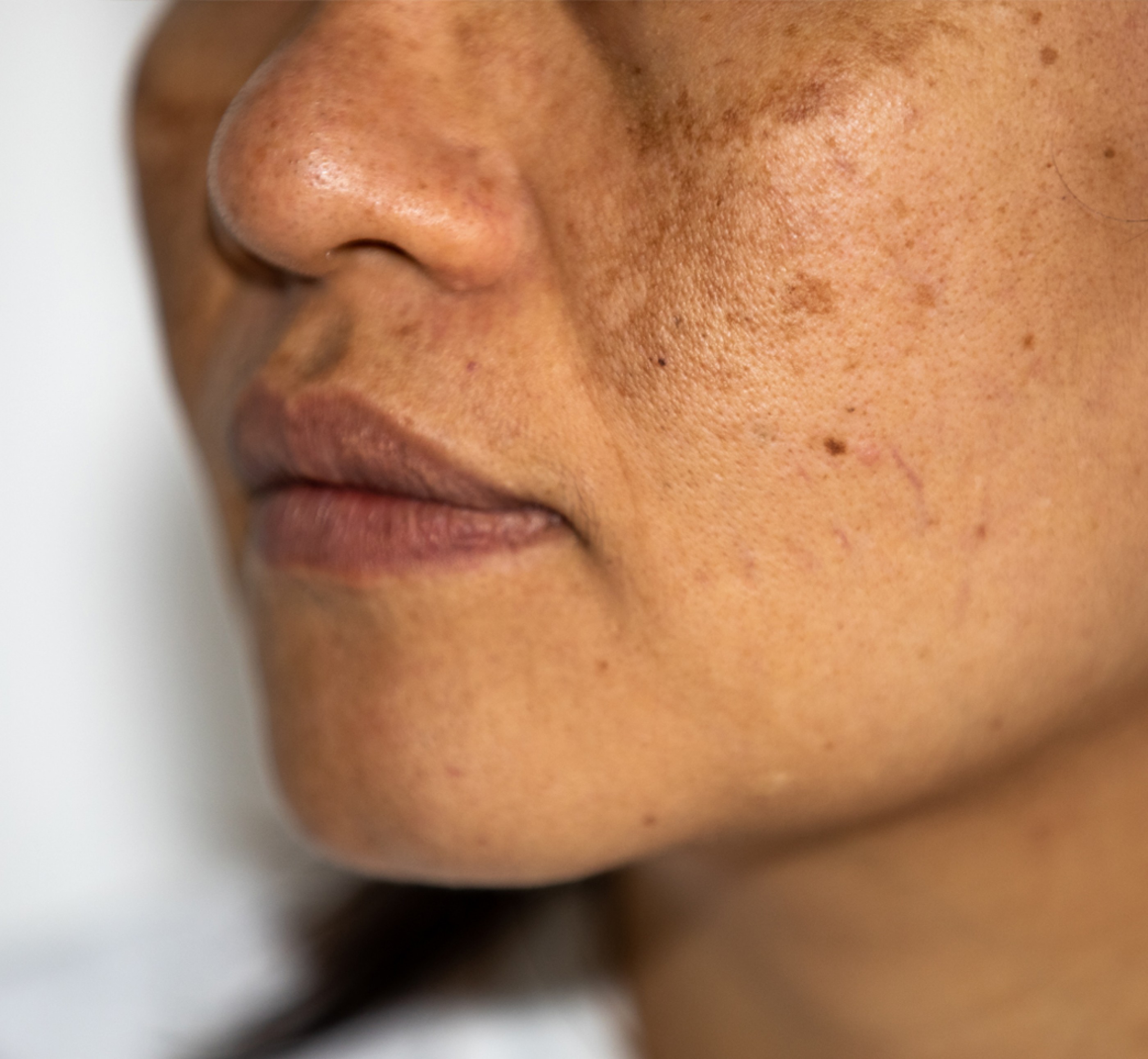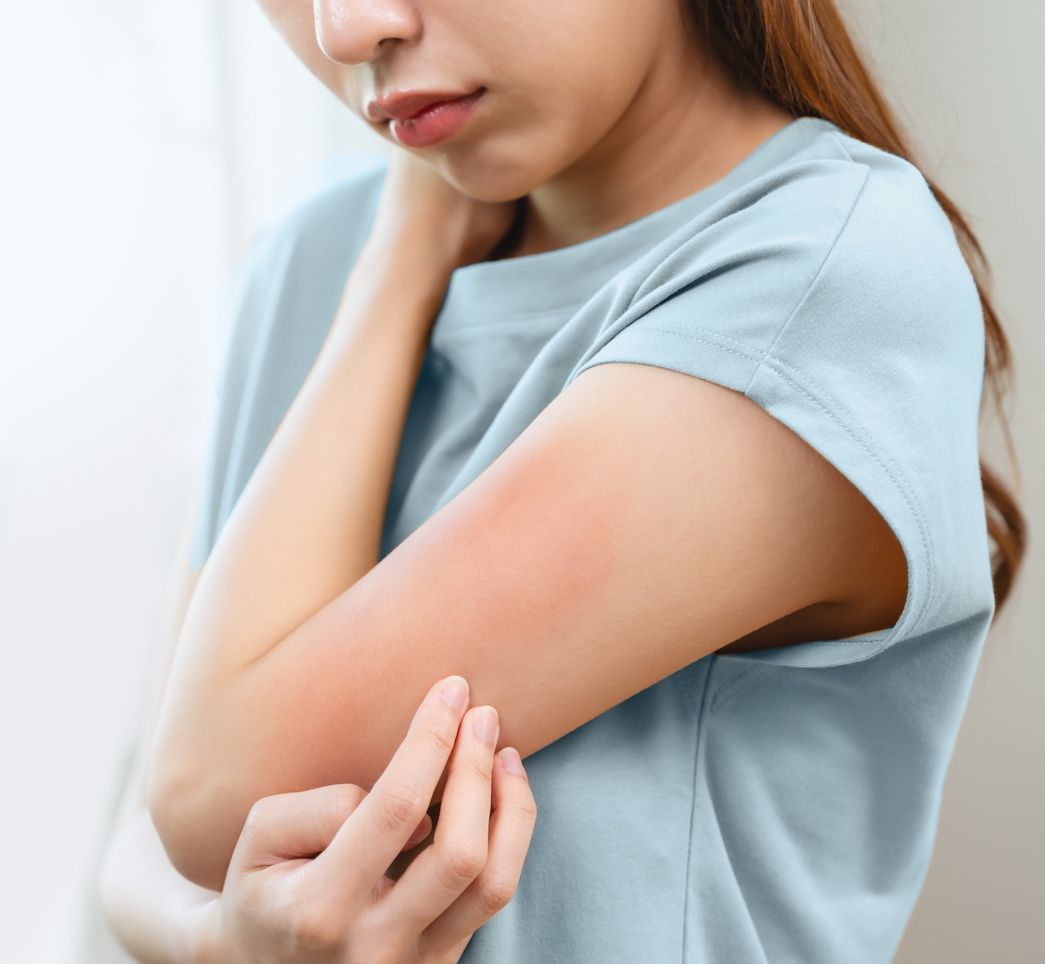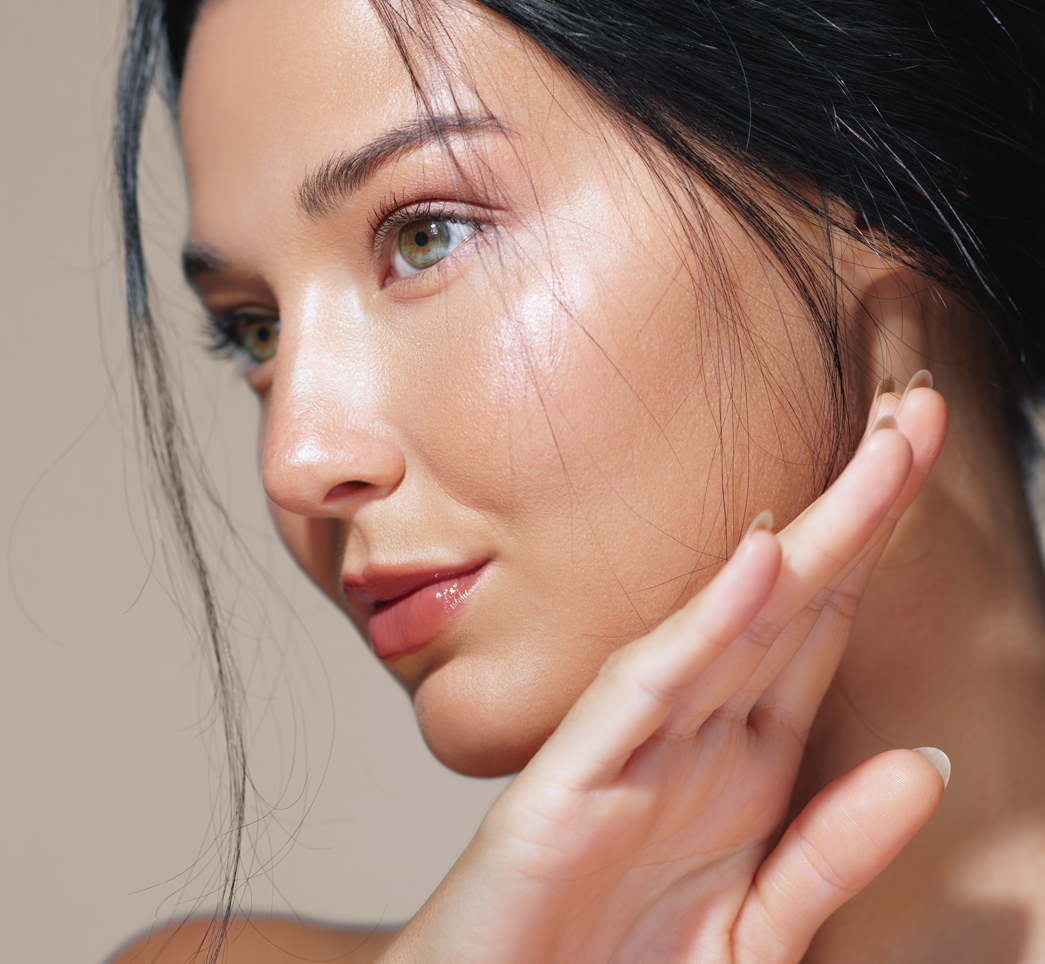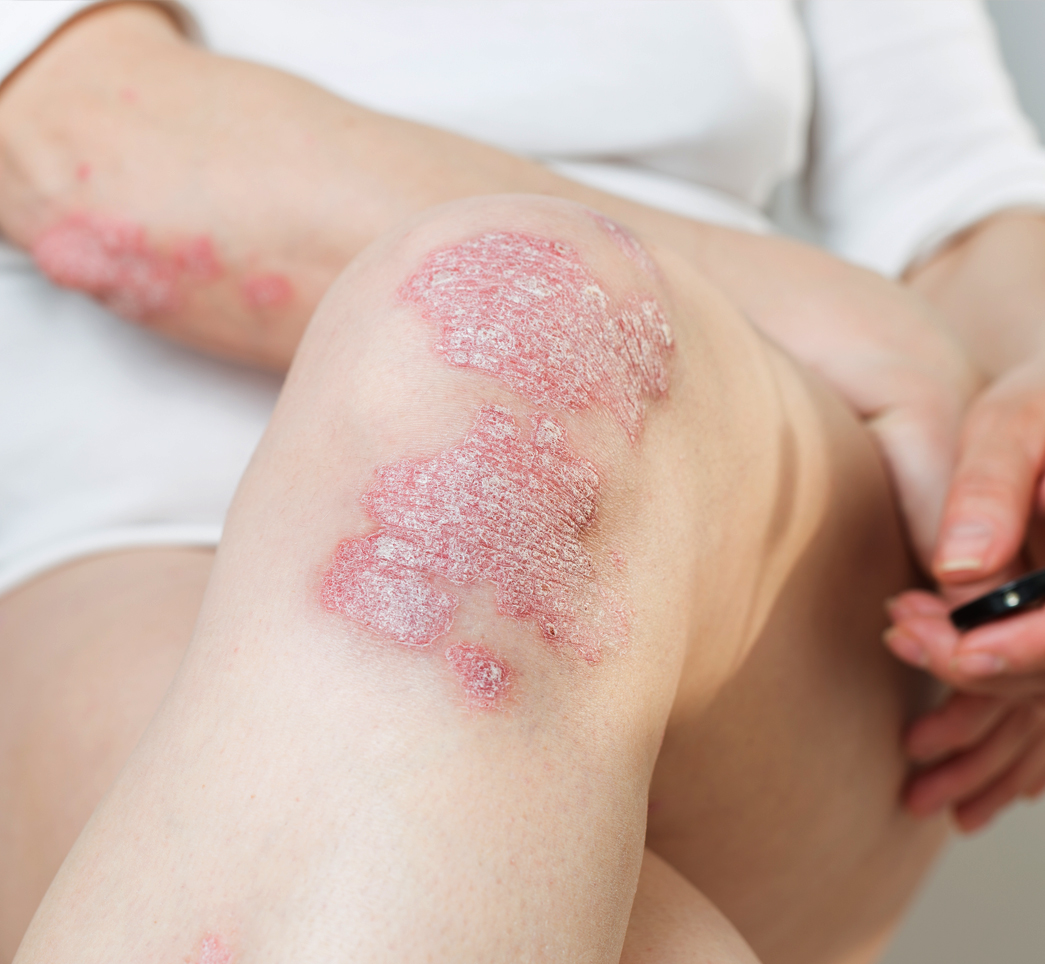The Blog
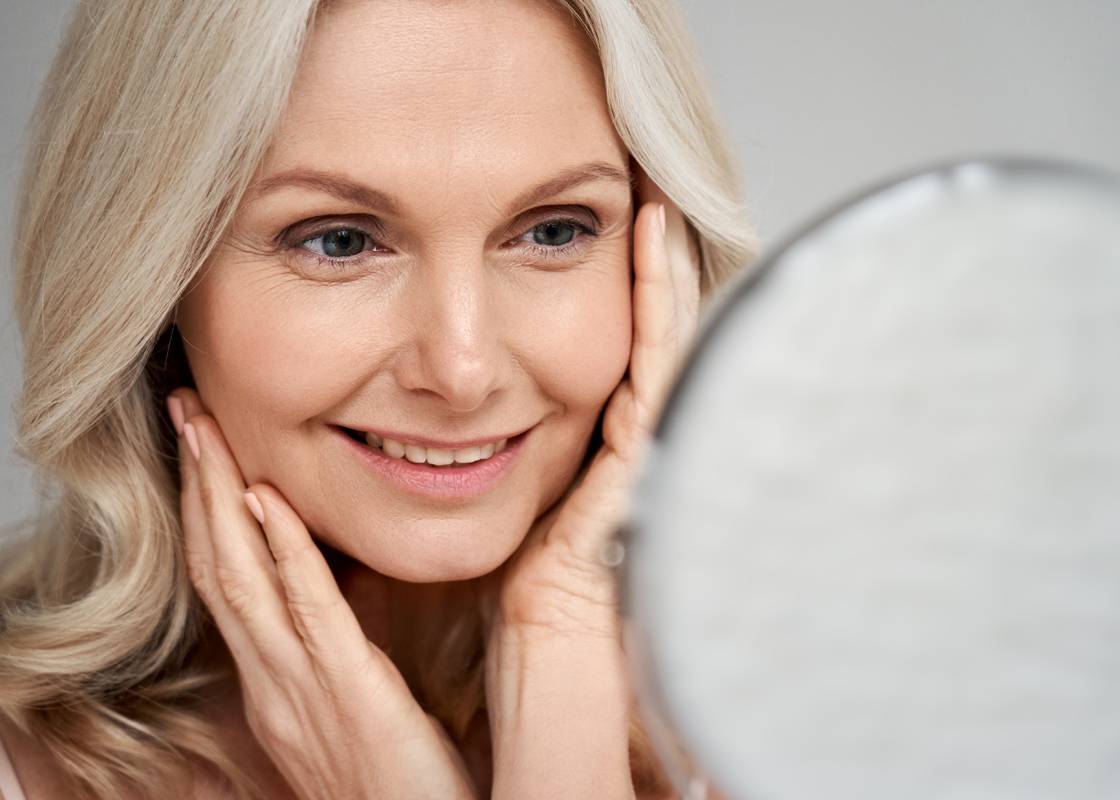
Aging of your skin is very personal and very complex. There are many distractors in life that keep us from taking care of our skin at a young age including lack of knowledge, busy lifestyle, and feeling invincible. Then suddenly, the changes happen, and they could strike as early as age 30. When they become visible, we are very conscious of our appearance, and we become very eager to reverse some of the damage and very motivated to prevent additional damage.
No one has perfect skin. We all have our demons. But armed with more knowledge, the reader will be able to reflect and will possibly be more proactive. Being empowered is very important.
Our understanding of skin aging has evolved tremendously, and our approach to combat aging with lifestyle modifications, skincare products, injectables, and various procedures has equally evolved.
In general, the aging of the skin is divided into two types, intrinsic and extrinsic.
What does intrinsic mean?
That means variables that are natural to you and unique to your body, specifically defined by your genetic makeup.
You probably know where this is going, it always goes back to the genes.
I can't begin to tell you how many times I have encountered complaints of this type: "I don't wanna get my mom's for headlines", or "I don't wanna get my grandmother's laugh lines" or "I don't want to get my uncle's pre jowls". There is some truth to this concern. We do often follow in the footsteps of our family members.
So, we are all handed a set of genes and we have to deal with them.
What exactly happens at the cellular level with intrinsic skin aging?
Naturally, with age and time, your skin cannot repair itself like it used to, its defense mechanisms against damage also becomes impaired. When we are young, a trauma or a blister will heal quickly and skin tends to be forgiving. Even if we have some damage our DNA repair mechanisms can quickly fix the damage or the altered DNA. When we are older our reservoir gets depleted and our stem cells, the mother cells are challenged in number and function.
What is the consequence of intrinsic skin aging?
I like to approach this very systematically from the top layers of the skin inwards.
The keratinocyte, the cell that makes up most of the very top layer of the skin called the epidermis becomes dysregulated with changes in appearance, function, and turnover as well. This will affect the texture of the skin.
The melanocytes which are the pigment-making cells become dysfunctional. This change may affect the pigmentation of the skin.
Loss of tissue is eminent; we also may lose healthy tissue and gain unwanted tissue for example we have less healthy collagen bundles and elastic bundles as well. I know that most blogs like to discuss collagen but elastic bundles are equally important. This naturally affects the laxity and sagging of the skin and even the tone of the skin
We even lose the fat support units and more recently and specifically in my practice I like to give the bone its attention.
I have noticed that when I am performing injections of dermal fillers or assessing a patient in a cosmetic consult that there is significant resorption in the bony frame, especially on the upper cheeks and I am sure you identify with this one sinking and regressing of the jawline.
There is even laxity in insertion points of the skin in key ligaments that help pull up and out, the end result is down and in.
What is Extrinsic skin aging?
This is aging secondary to external factors, of course, we don't live in a bubble.
From the moment we are born our skin is confronted with challenges. Sun exposure is a universal factor, the chronic type and the acute sunburn type both have a great impact on unsightly changes and the development of skin cancers. This is otherwise known as photoaging. Photoaging affects the texture, tone, and tightness of the skin as well. Loss of luster and glow, sun patches, and wrinkles are very few examples of this type of damage.
There are many other variables including lifestyle, smoking, diet, and lack of exercise also contribute. Patients who smoke develop a unique undertone and frequently get smokers lines.
Unfortunately, smoking is detrimental because it releases toxins and also prevents good blood flow. That's why patients that have dermatological procedures and are smokers usually have negative healing outcomes.
Some patients, not by choice have chronic diseases of the lungs, kidneys, heart and are on many medications that can adversely affect the quality of the skin.
Do intrinsic and extrinsic skin aging ever cross paths?
Of course, they are very intertwined, extrinsic stressors just add oil to the fire.
I will give you an example, chronic sun exposure damages elastic tissue in the mid-layer (dermis). When we are young, we can repair these elastic fibers but gradually our reservoir is depleted and the elastic bundles break and fragment and appear bluish and unique under the microscope a finding called solar elastosis. As a Dermatopathologist and Mohs surgeon I see that all the time. This translates into a leathery yellow appearance.
The same hold for precancers and skin cancers, in my blog articles I have mentioned examples of patients that erupt with skin cancers later in life after many years of sun exposure possibly because the body is not able to repair itself or the DNA damage anymore and because it can't take any additional hits.
I am sure all of you have noticed easier bruising as well, and I am sure you have noted grandparents with so many black and blue patches that are just relentless. Did you know that is the result of photoaging as well? The tiny blood vessels break and leak very easily. These are called solar purpura. They of course are more common inpatient on aspirin and blood thinners, but they are very unsightly and upset my patients as well.
I bet you have seen the skin of your older family members tear with the easiest trauma; skin loses its resilience that's because of skin aging as well.
Did you know skin ages faster in outer space?
I am fascinated by astrophysics and our recent discoveries in the universe.
When completing space missions, astronauts have noticed that their skin is thinner, drier, and more susceptible to cuts and bruises. It appears that the low gravity or microgravity environment accelerates aging. There are already ongoing studies on this topic. Understanding the pathogenesis of aging in this environment may help us understand how to combat skin aging on earth. There could of course be a missing link we have not discovered,
Skin is such a complicated organ!
Our journey hasn't started, we have so much to explore. Skin is the largest organ of your body and is very intertwined with every organ including the nervous and immune systems. More importantly, this organ is visible and affects patients' self-esteem in large magnitudes.
So, what do you do?
Use your family's history wisely and learn.
Wear your sunscreen and avoid sunburns.
Lead a healthy lifestyle and practice moderation.
Start body checks early.
Visit your dermatologist early, to understand your risks for skin aging.
Invest in a consultation for a medical or cosmetic product that is age-appropriate.
Discuss your goals with your dermatologist.
Ask questions... how does this topical work, what should I expect?
Don't be shy to ask about cosmetic procedures. (Not infrequently I get a last-minute question, Dr. T do you do Botox?)
No one is more qualified than your dermatologist to lay down a plan.
Prevention is important, but being proactive is equally important!




